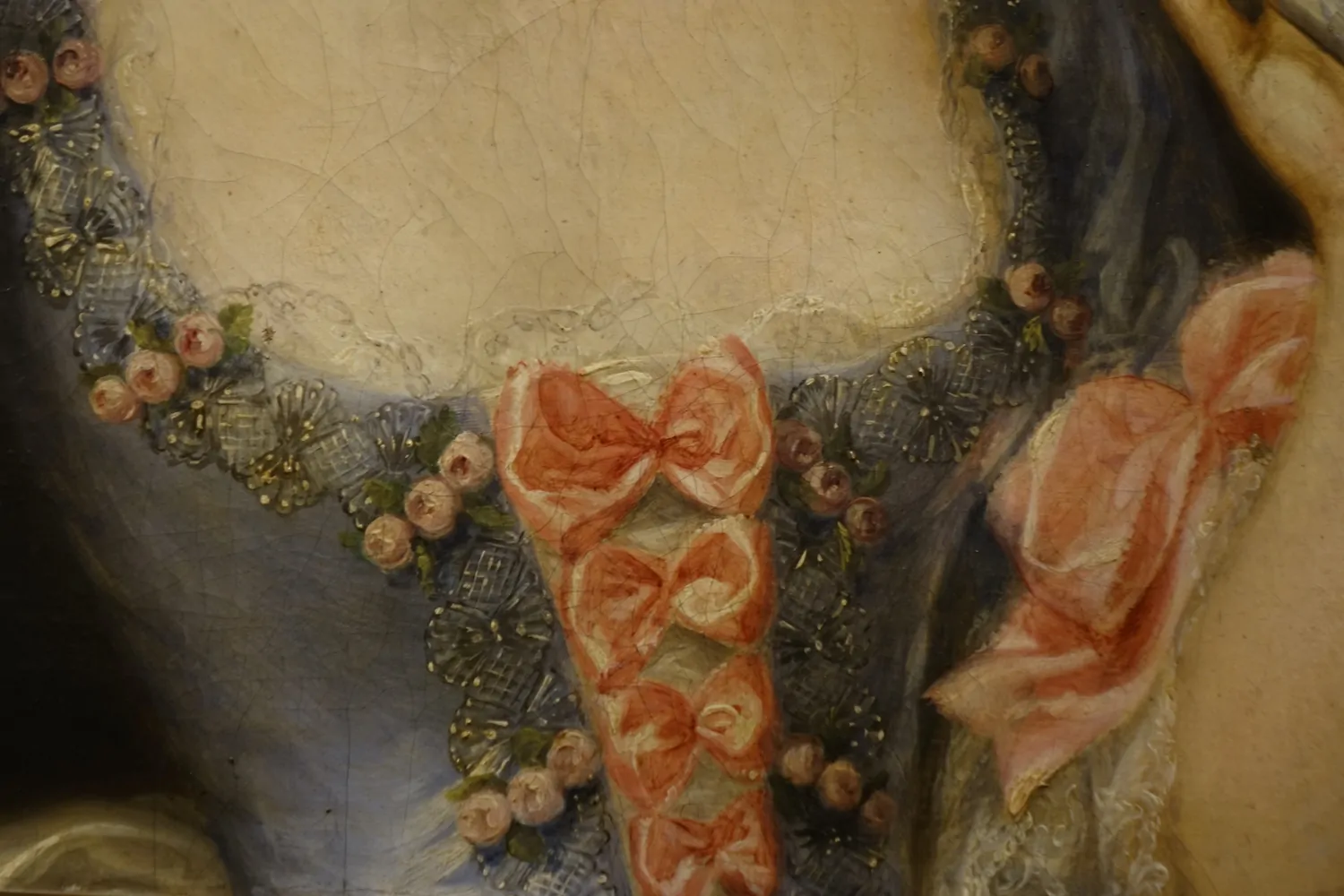The lives of certain women burn with an intensity that escapes moral judgement. They were called pure, but their purity was not absence of stain, nor the careful avoidance of desire. It was the fire of a total offering. In Rose of Lima, Thérèse of Lisieux, Mary Magdalene de Pazzi, and Catherine of Siena, the Divine seized the body without erasing its contradictions. They became vessels of paradox. Their holiness was an eruption of Heaven into clay. Their flesh trembled with wounds, fevers, tears, ecstasies; but, in this trembling, a new order was revealed. Their sanctity was the transformation of the banal into the luminous. This is why they remain as Roses of fire. They remind that the Mystery occurs in the friction of opposites, the paradox where the earthly and the heavenly meet.
I. Saint Rose of Lima: The Body as Altar
Rose of Lima embraced a path of severity. She bruised her skin, fasted until her bones ached, and turned her own flesh into a liturgy. To modern eyes this appears excessive, even destructive. But her devotion was far from an escape against embodiment. She made her body the stage where Heaven and Earth confronted one another. In the common streets of Lima, in a house without grandeur, she lived visions of Christ crowned with thorns. She adorned her face with roses, yet pressed nails beneath them. The contradiction was the secret itself. Pain and beauty, splendour and decay, flesh and glory all intertwined. In this paradox, her life became a chalice. Her purity was measured by by the totality of her gift. She left nothing outside the flame, and so the flame consumed her entirely.
II. Thérèse of Lisieux: The Child of Fire
Thérèse lived only twenty four years, but her “little way” became a road for generations. She did not opt to build monasteries or preach in pulpits. She washed linen, wrote letters, performed small tasks. In each gesture she nevertheless discerned a ladder to Heaven. Her sanctity lay in the consecration of the tiny, the ordinary. She turned banality into liturgy. The power of her vision is that it dissolved the separation between mundane act and Divine encounter. She longed to be a priest, a missionary, a martyr, but was enclosed in Carmel. This tension defined her roadway. She burned within the limits of her daily cell, until the cell itself became infinite. Her purity was the flame of a soul that refused division. In every gesture she was already entire. She did not need to flee the ordinary, as she unveiled its very Divine depth. Death came early, but, by then, her words already carried the weight of eternity.
III. Saint Catherine of Siena and Saint Mary Magdalene de Pazzi: The Word as Sword
Catherine of Siena stood at the heart of politics and Church strife. Illiterate in youth, she became dictating letters to popes and princes. Her body wasted by fasting, and still her voice thundered with Holy urgency. Her purity was in her refusal to hold back truth. She spoke as one who belonged neither to family nor to faction, but only to the Bridegroom. Her fire was prophecy. She united mystical intimacy with public force. In her contradictions we perceive the same paradox: the Divine is not smooth perfection, but the fracture made transparent to Heaven.
Mary Magdalene de Pazzi in Florence lived visions where the body collapsed under torrents of ecstasy. She shouted, wept, sang in trance, at times bewildering her sisters. Her experiences unsettled neat categories of virtue. She was devout, wild. She embodied the storm of Spirit in a cloistered body. For her, the word of God erupted as cry. She made of speech an apocalypse, tearing the veil between Heaven and Earth with her tongue. Her purity was far form serene, instead being a surrender to the current that tore her apart and remade her.
Catherine and Mary Magdalene reveal that the Word too can be altar. Flesh wasted, voices sharpened, they became witnesses that the contradiction of human fragility and Divine force is the very seal of Holiness.
These women were pure because they burned without reserve. Each reveals that Doliness lies in the total embrace of its contradictions. Rose of Lima transfigured pain into Thérèse of Lisieux turned the banal into eternity. Catherine of Siena wielded the Word like a sword of flame. Mary Magdalene de Pazzi surrendered to visions that dissolved all measure. Together they form a constellation that teaches that the place of encounter with God is the paradox itself. The banal touched by the eternal, silence filled with thunder.
Fiat Lux.
